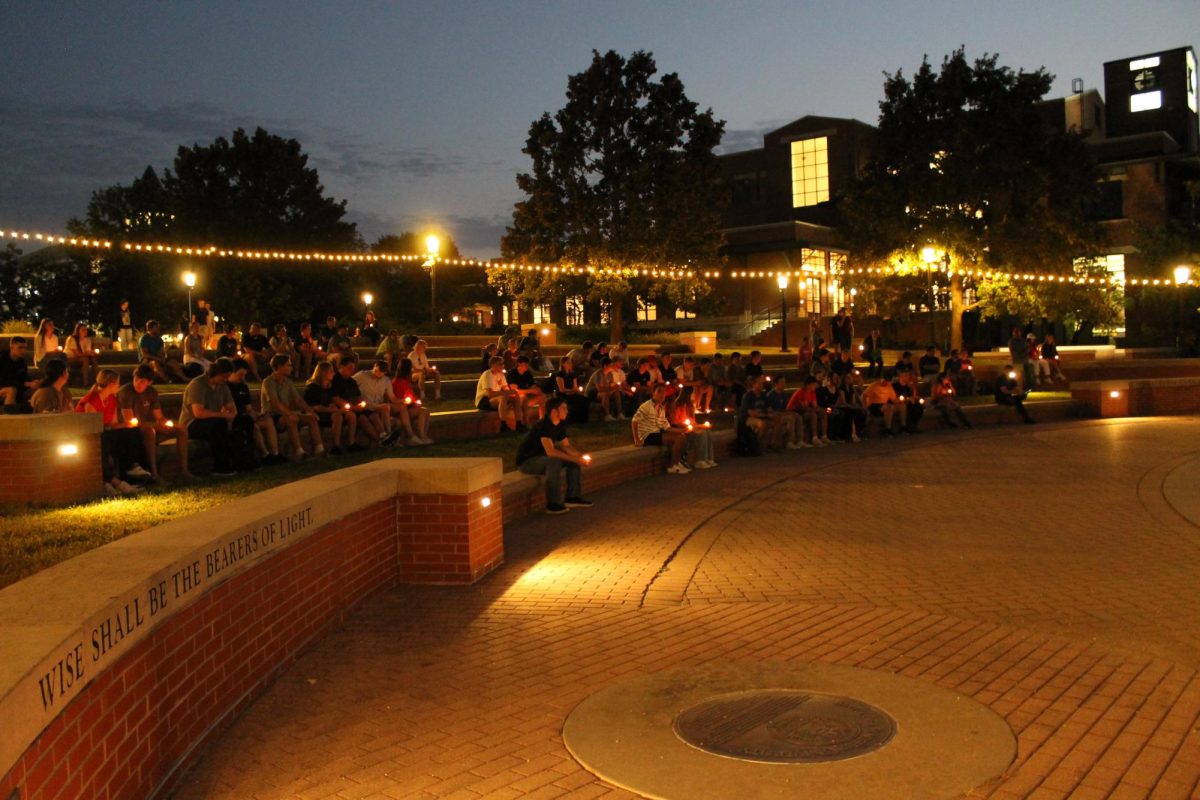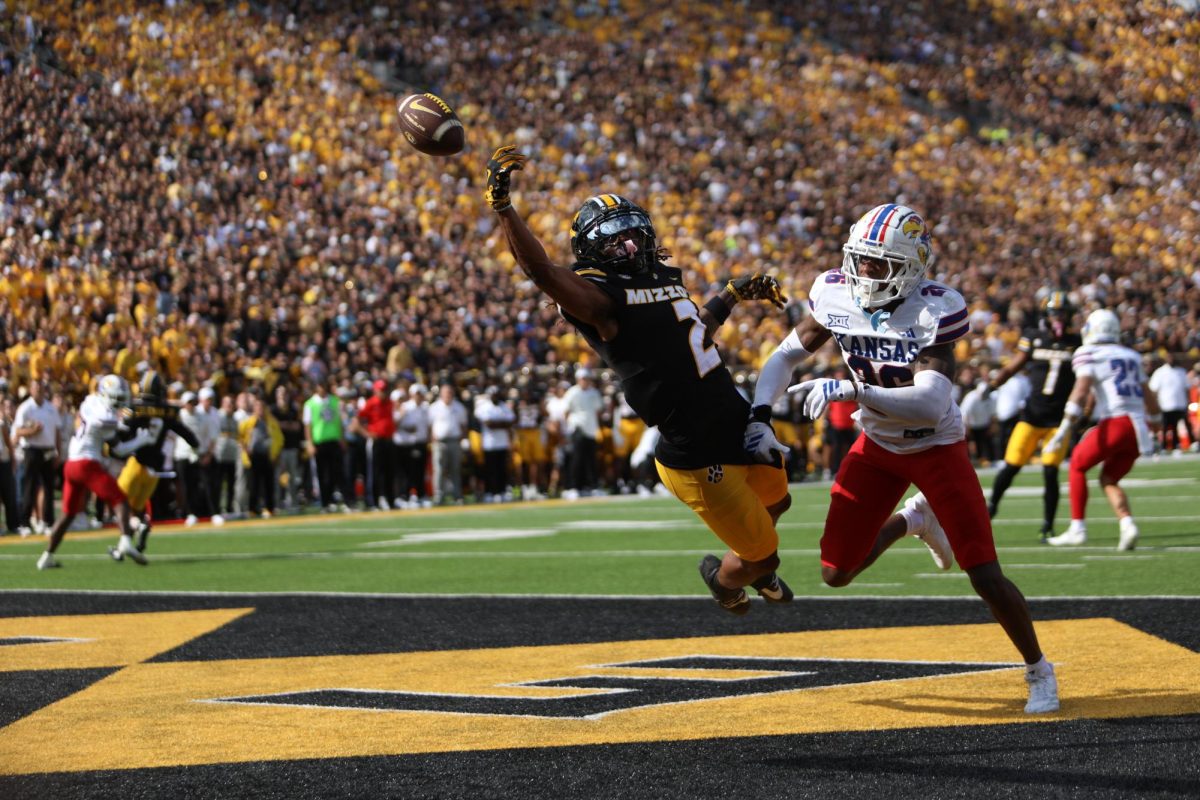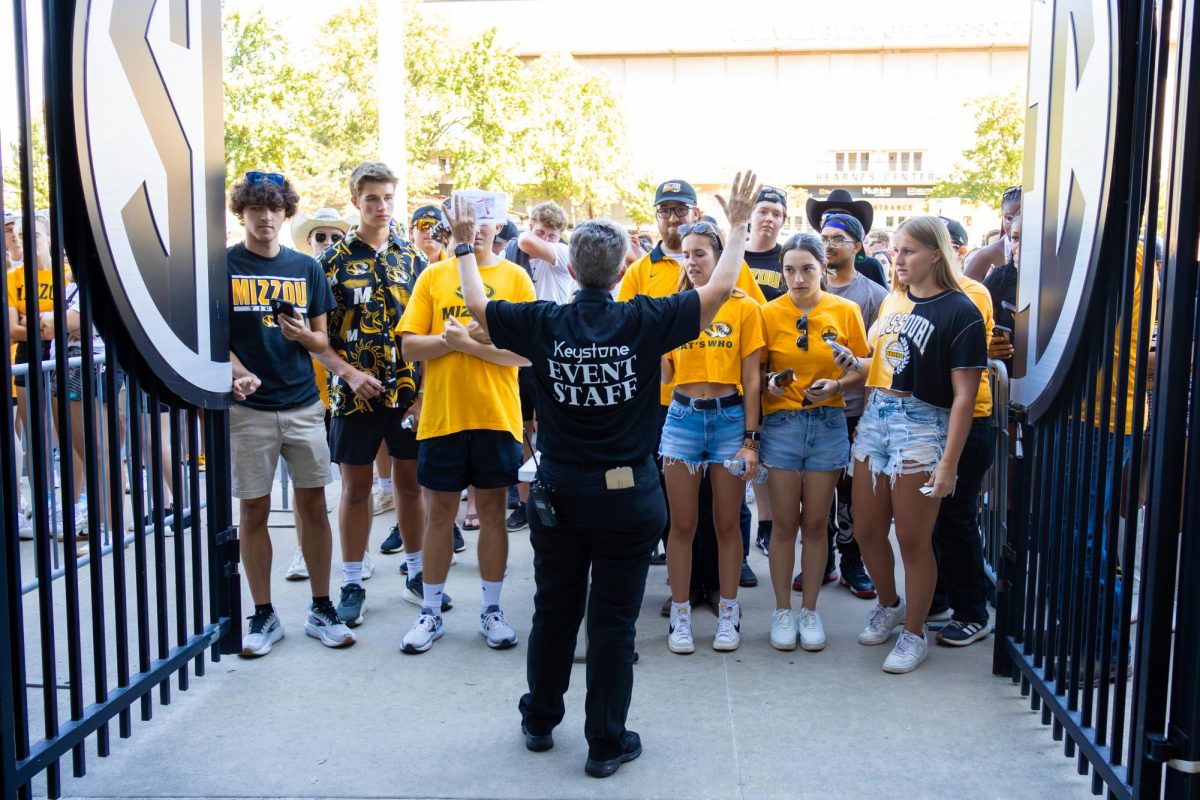The College of Education faced criticism last week upon the announcement that it will suspend its undergraduate art education program.
Art education advocates launched a [Facebook page](https://www.facebook.com/savemizzouarted) and started a tweet movement with the hashtags #SaveMUArtEd and #artsaveslives.
Advocates also marched in the True/False Film Fest parade Friday and continued to report progress on their Facebook page.
“Art really does save lives,” junior Jamie Daylor said. “Some students will go to school for art. It’s a way of getting out emotion and to create meaning. For some of them, it will be the only creative thing they do all day.”
Daylor is an undergraduate in the program. She also participated in the “Save Mizzou Art Ed” letter writing campaign and the protest during the True/False Festival parade Friday.
The decision to suspend the program was based on a drop in need for art teachers in the field, small enrollment numbers and the loss of two faculty members, College of Education Associate Dean Kathryn Chval said.
When two art teachers graduated from the program in 2010, the College of Education developed a three-year plan to help increase enrollment numbers. Enrollment increased to 11 students in 2011-12 but then decreased to seven in 2012-13.
The program currently consists of 14 seniors, eight juniors, and it will soon finish processing the applications of the 11 sophomores who applied this semester.
The program has the lowest enrollment in the College of Education.
“Because we are a state university, there is a high expectation to spend money wisely, and we receive a lot of criticism from the legislatures who want us to spend their money wisely,” Chval said.
The five freshmen planning on entering the art education program next year will have to turn to Missouri’s 27 other institutions that offer certification or pursue a post-baccalaureate degree to certify.
The post-baccalaureate degree consists of 60 credit hours. Students would first need to obtain a bachelor’s in fine arts and then take the post-baccalaureate program that would include every current undergraduate art education course currently offered, except the one-credit orientation class.
There is also a master’s in teaching available that consists of 32 credit hours.
To Daylor, none of the other Missouri institutions will substitute the program at MU.
“The program at Mizzou is one of the few that is teaching teachers to create meaningful and life-changing experiences for their students,” Daylor said. “What kind of message is the College of Education sending out to local schools and high schools when a program that is nationally ranked decides to close its doors?”
One of the objections raised is that other institutions will follow MU in suit and streamline their art education programs.
Chval said she sympathizes with current students and high school students who planned to attend MU. Along with visiting with worried students, she talked with families of high school students last week and sent out letters Monday to inform them that the program will not be offered.
“The students are so passionate, and I understand what they are going through,” Chval said.
The College of Education will put its emphasis on graduate programs to provide the best quality education with limited resources.
“Given the ongoing financial pressures on the university as a whole and the (College of Education), we asked what will be the best investment for Mizzou, and we concluded that Mizzou should be a leader,” Chval said. “With only five freshmen coming into the undergraduate program, we decided the greatest need and best use of our limited resources was in our doctoral, master’s and post-baccalaureate programs.”














